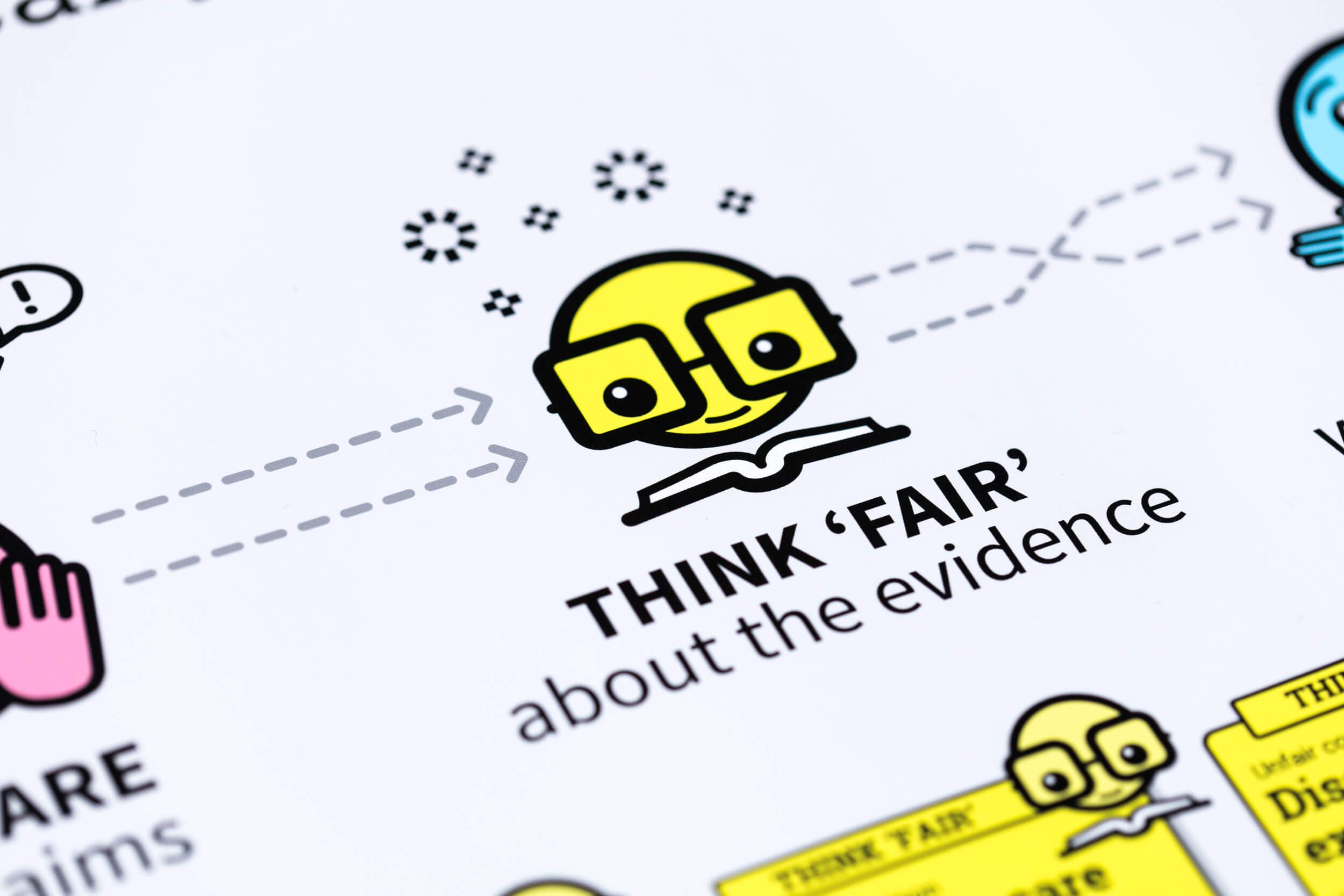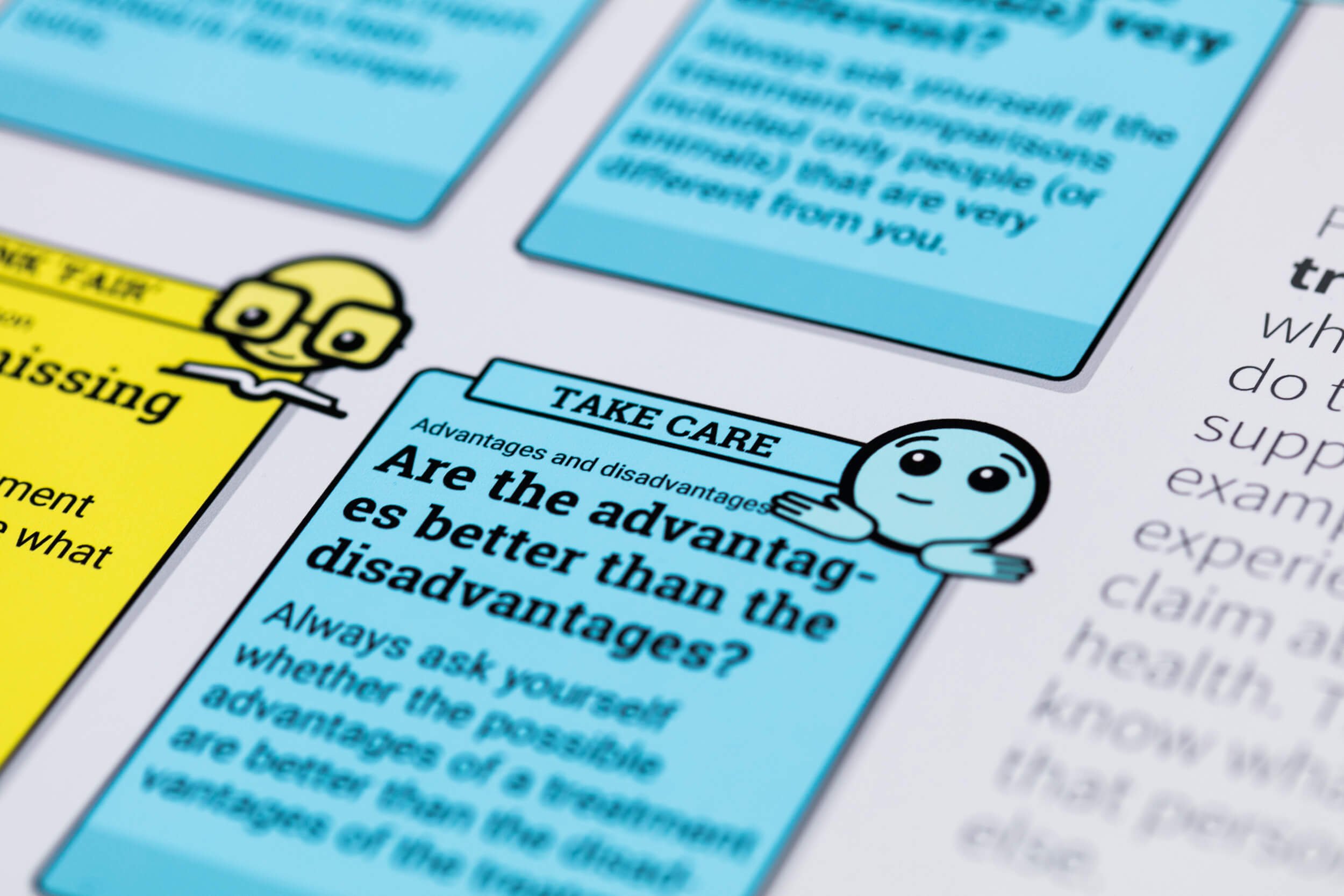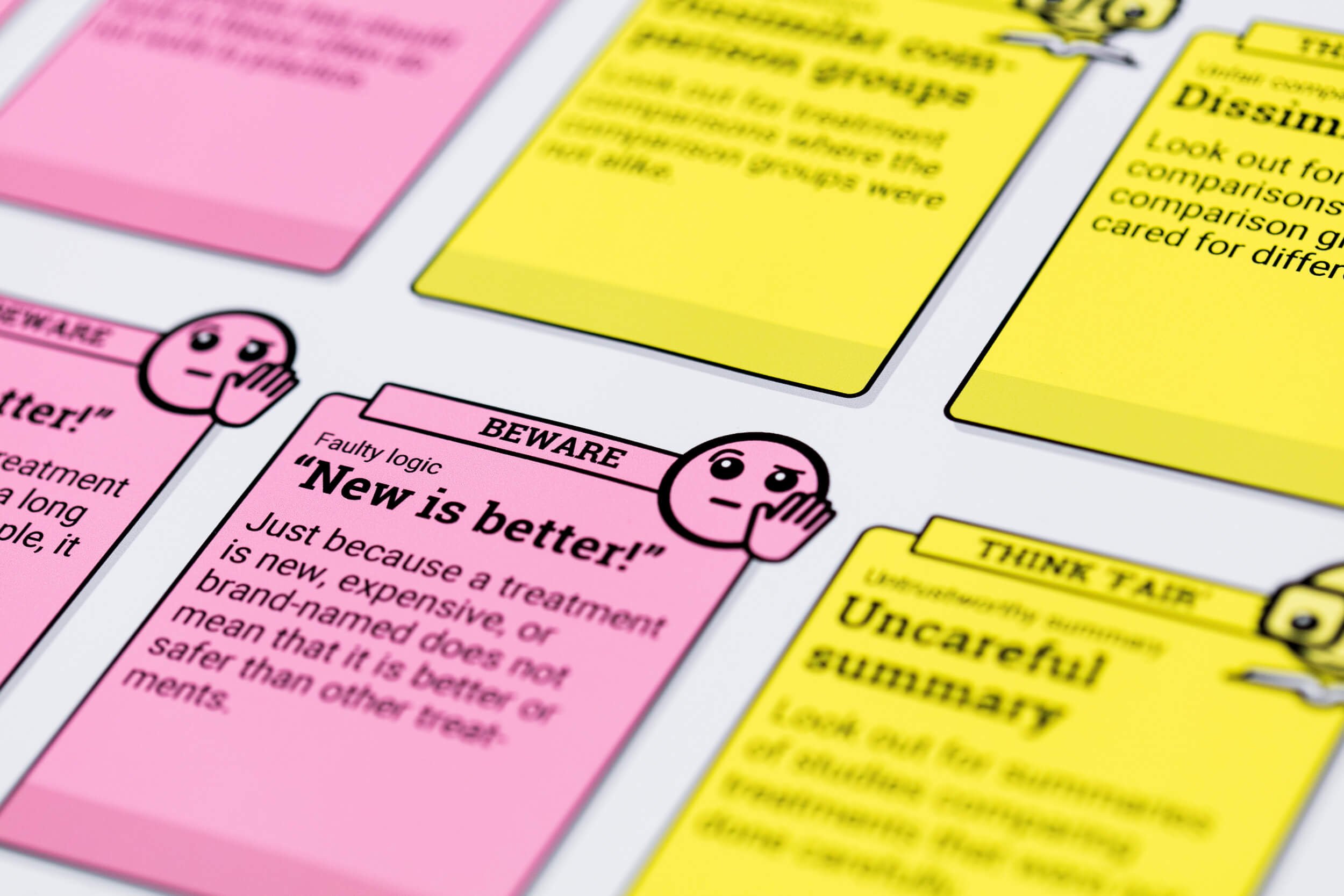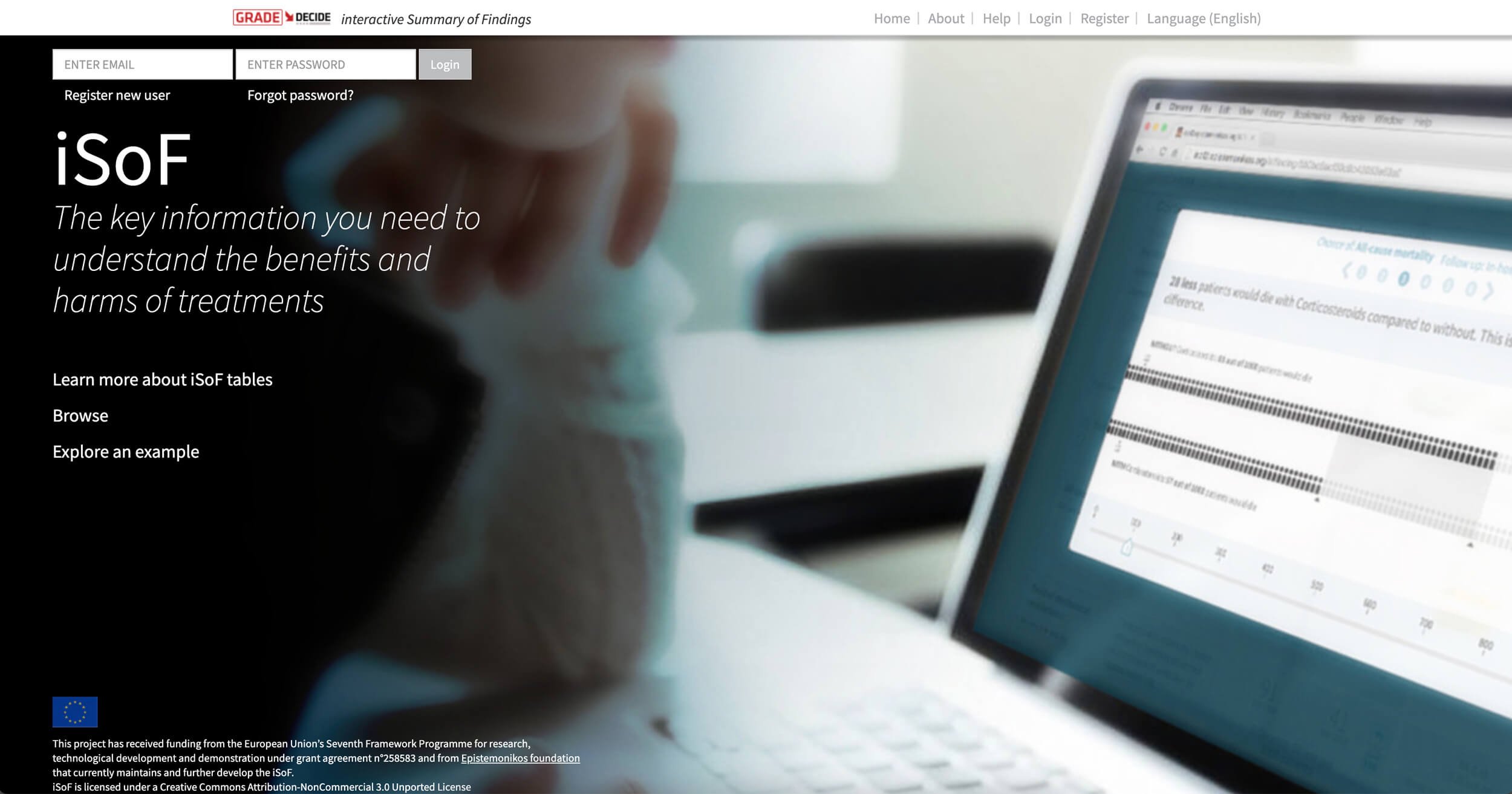Informed Health Choices
An international collaboration of scientists, public health experts, designers, communicators and educators on Informed Health Choices, a project with the goal of empowering people to make informed decisions about their health.

Dr. Hoenikker used to say that any scientist who couldn’t explain to an eight-year-old what he was doing was a charlatan. Dr Breed in Cat’s Cradle by Kurt Vonnegut
We brought our design experience to an international collaboration of scientists led by the Norwegian Institute of Public Health together with public health experts, designers, communicators and educators in Informed Health Choices, a project with the goal of empowering people to make informed decisions about their health.
Good health and well-being depends on making good choices. Making good choices, in turn, depends on our ability to access different sources of information and judge their reliability. This can be difficult when we constantly hear claims, sometimes contradictory ones, about things that can improve or harm our health. Often, health claims lack the information we need to assess their reliability. We are expected to accept the claim without thinking critically about the quality of information behind it. This can be disempowering and limits how far people are able to participate in policy debates as scientifically literate citizens.
Individuals and organisations across a wide variety of fields are working to enable people to make evidence-informed decisions. These efforts include synthesising the best available evidence in systematic reviews, making that evidence more accessible, and teaching people to make evidence – informed choices.
Learning Resources
One of the specific outputs from the project included developing and testing user-friendly summaries of evidence and primary school learning resources to help children and their parents recognise the difference between reliable and unreliable claims.
The project was partnered by universities and non-profit organisations around the world, including in Australia, Chile, Kenya, Mexico, Norway, Rwanda, South Africa, Spain, Uganda, the UK and the US. Support for the project and the development of learning resources came from the Research Council of Norway, the UK NHS National Institute for Health Research, the Rockefeller Foundation, the Naji Foundation, the Norwegian Agency for Development Cooperation, and the European Union.
The project resulted in multiple publications, including two Lancet papers co-authored by InfoDesignLab’s co-founder and CEO, Angela Morelli and an online platform called ‘That’s a claim’. The platform is a collaboration with individuals and organisations from 14 fields (agriculture, economics, education, environmental management, international development, healthcare, informal learning, management, nutrition, planetary health, policing, social welfare, speech and language therapy, and veterinary medicine) that gives people a practical, easy-to-use framework to think critically about claims, comparisons, and choices.




That’s a claim
A large research team have worked for decades to promote informed choices in 14 fields: agriculture, economics, education, environmental management, international development, healthcare, informal learning, management, nutrition, planetary health, policing, social welfare, speech and language therapy, and veterinary medicine. Starting with a framework from healthcare, they have reached a consensus on a common framework for thinking critically about claims, comparisons (evidence), and choices.
The Key Concepts for Informed Choices are principles for evaluating the trustworthiness of claims about the effects of interventions and evidence used to support such claims, and for making informed decisions. They are organised in three groups: claims, comparisons, and choices. Concepts in the first group are about common, unreliable bases for claims. Concepts in the second group are about things that people need to look out for to judge whether research evidence that compares interventions and summaries of such comparisons are trustworthy. Concepts in the third group are about judgments people need to make when choosing whether to use an intervention.


The iSoF and the iEtD
The interactive Summary of Findings Table (iSoF) is an interactive tool that enables producers to visualise for end-users the key messages of systematic reviews in a concise format, including the most important outcomes (both benefits and harms), the size of the effects, and the certainty of the evidence.
The interactive Evidence to Decision (iEtD) tool facilitates use of the Evidence to Decision (EtD) frameworks by guideline developers, health technology assessment agencies, policymakers and managers. The purpose of EtD frameworks is to help groups of people (panels) making healthcare recommendations or decisions move from evidence to decisions by:
Informing panel members’ judgements about the pros and cons of each intervention that is considered
Ensuring that important factors that determine a decision (criteria) are considered
Providing a concise summary of the best available research evidence to inform judgements about each criterion
Helping structure discussion and identify reasons for disagreements
Making the basis for decisions transparent to guideline users or those affected by a policy decision
Lancet citations:
Nsangi A. et al. (2017) Effects of the Informed Health Choices primary school intervention on the ability of children in Uganda to assess the reliability of claims about treatment effects: a cluster-randomised controlled trial, The Lancet, DOI: 10.1016/S0140–6736(17)31226–6
Semakula D. et al (2017) Effects of the Informed Health Choices podcast on the ability of parents of primary school children in Uganda to assess claims about treatment effects: a randomised controlled trial, The Lancet, DOI: 10.1016/S0140–6736(17)31225–4

